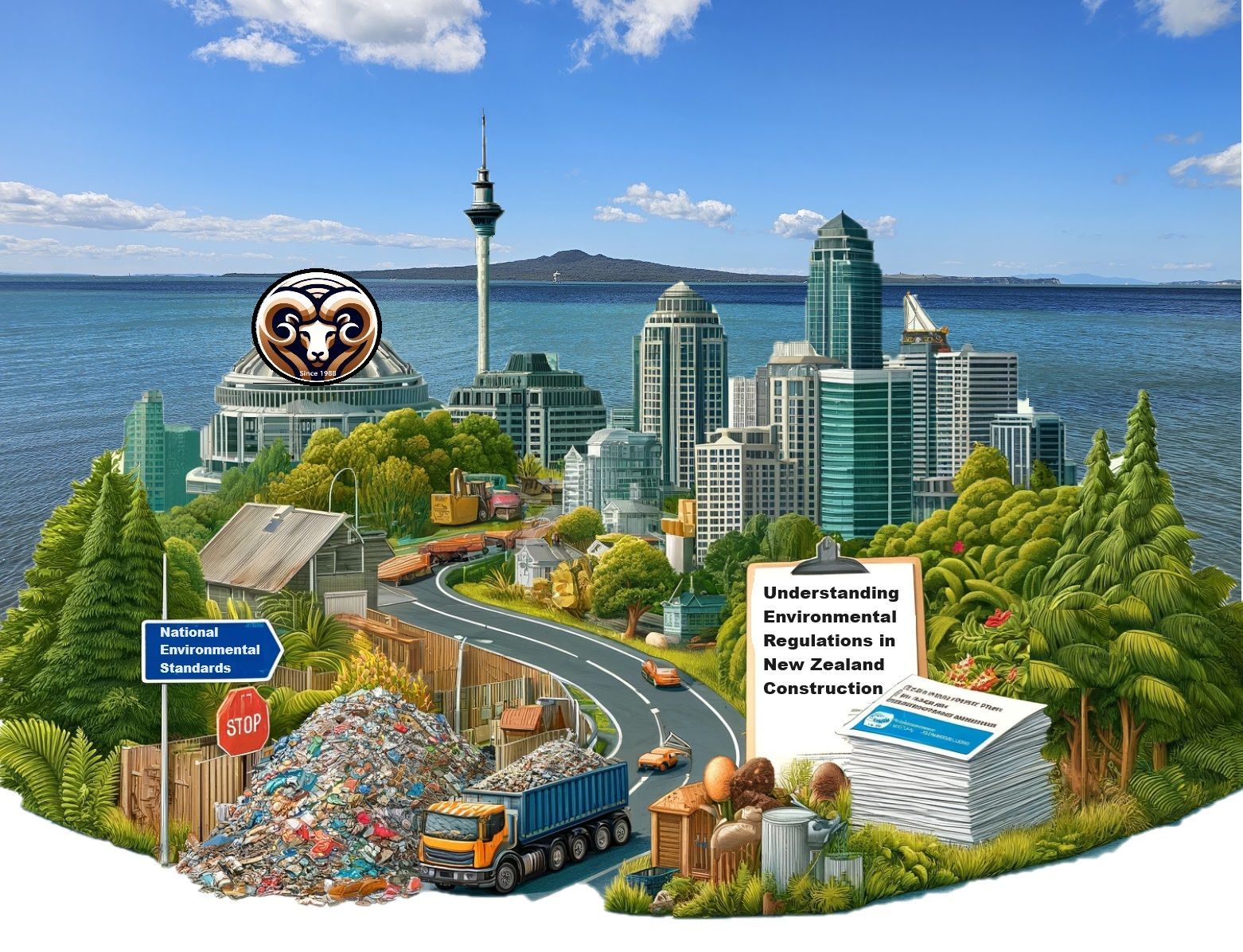Understanding Environmental Regulations in New Zealand Construction

Environmental regulations in the construction industry are crucial for ensuring that building activities are sustainable, minimize harm to the environment, and comply with national standards. This guide provides an overview of the key environmental regulations in New Zealand that builders and developers must adhere to.
The Resource Management Act (RMA) 1991
The Resource Management Act (RMA) is the cornerstone of environmental legislation in New Zealand. It focuses on sustainable management of natural and physical resources, ensuring that development activities do not compromise the environment for future generations. Key aspects of the RMA include:
- Sustainable Management: Ensures that the use of land, water, and air resources is managed in a way that maintains their potential to meet the needs of future generations.
- Resource Consents: Required for activities that impact the environment, such as land development, water extraction, and waste discharge.
- Environmental Impact: Emphasizes the assessment of environmental effects of activities rather than the activities themselves.
For more information, visit the Ministry for the Environment.
National Environmental Standards (NES)
National Environmental Standards set out specific regulations to ensure a consistent approach to managing environmental issues across New Zealand. These standards cover areas such as air quality, water quality, and soil contamination. Compliance with NES is mandatory and helps protect the environment by setting clear guidelines for acceptable levels of pollutants and other environmental factors.
Building Act 2004
The Building Act regulates building work to ensure buildings are safe, healthy, and sustainable. It works alongside the RMA by setting the performance standards that buildings must meet. Key components include:
- Building Consents: Required for most building works to ensure compliance with the Building Code.
- Energy Efficiency: The Act includes provisions for energy efficiency in buildings, aiming to reduce the environmental impact of construction.
For details, refer to the Building and Housing website.
Health and Safety at Work Act 2015
The Health and Safety at Work Act (HSWA) aims to protect workers and the environment from hazardous substances and activities. It includes specific provisions for managing risks associated with hazardous substances in construction. Key requirements include:
- Risk Management: Identifying and managing risks from hazardous substances.
- Worker Safety: Ensuring safe handling, storage, and disposal of hazardous substances.
More information can be found on the WorkSafe New Zealand website.
Waste Minimization Act 2008
The Waste Minimization Act encourages reducing the amount of waste generated and promotes recycling and reuse. In construction, this means implementing waste minimization plans and practices to reduce the volume of construction waste sent to landfills. Builders are encouraged to design with waste reduction in mind and use sustainable materials.
For more information, visit the Ministry for the Environment's Waste Minimisation page.
Key Considerations for Builders
- Resource Consents: Ensure all necessary consents are obtained before starting any project.
- Environmental Impact Assessments: Conduct thorough assessments to identify and mitigate potential environmental impacts.
- Sustainable Practices: Incorporate sustainable building practices, such as using energy-efficient materials and reducing waste.
- Compliance: Stay updated with changes in environmental regulations and ensure full compliance to avoid penalties and legal issues.
Useful Links
- Ministry for the Environment
- Building and Housing
- WorkSafe New Zealand
- Resource Management Act
- Waste Minimisation
By understanding and adhering to these regulations, builders can ensure that their projects are environmentally sustainable and legally compliant, contributing to a healthier environment and a better future for New Zealand.
By Geoffrey Budge, Consultant. Licensed Building Practitioner (LBP)

